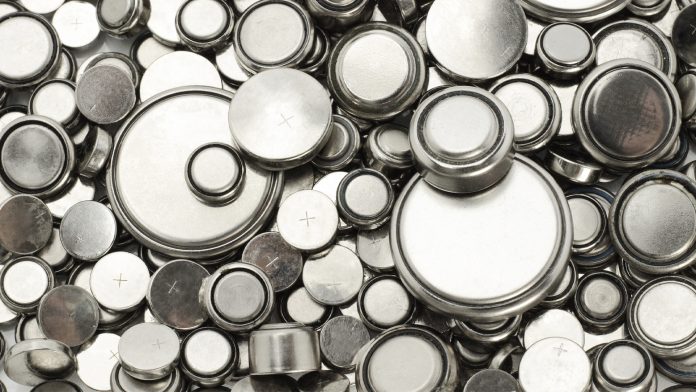An international team, led by the University College London, have virtually ‘unrolled’ the coil of electrode layers from a lithium battery using an algorithm design for papyrus scrolls.
Published in Nature Communications, the study combined X-ray and neutron tomography to track the processes within a lithium battery during discharge. The team of researchers then used a mathematical model design for ancient manuscripts that are too delicate to be physically opened in order to ‘unroll’ the electron layers.
According to the study: “The temporally and spatially resolved tracking of lithium intercalation and electrode degradation processes are crucial for detecting and understanding performance losses during the operation of lithium-batteries.
“Here, high-throughput X-ray computed tomography has enabled the identification of mechanical degradation processes in a commercial Li/MnO2 primary battery and the indirect tracking of lithium diffusion; furthermore, complementary neutron computed tomography has identified the direct lithium diffusion process and the electrode wetting by the electrolyte.
“Virtual electrode unrolling techniques provide a deeper view inside the electrode layers and are used to detect minor fluctuations which are difficult to observe using conventional three dimensional rendering tools.”
Understanding batteries
The research team discovered that using two complementary imaging techniques and ‘unrolling’ the electrodes with they are in normal use provide a fuller and more accurate understanding of how the battery works and how, where and why it degrades over time. Unseen trends in the spatial distribution of performance in the cells were observed.
The study continued: “The access to uneven, folded or rolled surfaces within a sample is hardly possible. It is generally possible to extract small flattened areas out of a 3D volume, but these areas mostly do not deliver meaningful results.
“To overcome this, we applied a plug-in for Amira (Amira 6.5, ZIB/Thermo Fisher Scientific, Germany/USA), which was created by the ZIB34, to get access to our data. Originally developed for papyri unfolding project, we used this plug-in for battery unrolling.”







